Articles
Ocean Shipping
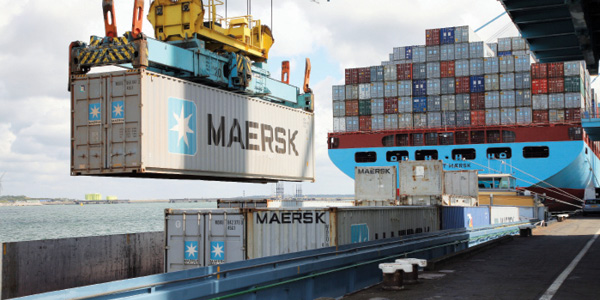
Inbound Logistics’ 2012 Ocean Carrier Guide
The global ocean freight industry is swelling with capacity as New Panamax ships come online. But after enduring one of its worst years in 2009, container volumes continue to dip as the tides of economic recession sweep across Europe and parts of Asia. Steamship lines have been working cooperatively within alliances, and on their own, […]
Read More
Trends—August 2012
Ocean Freight Industry Seeks Delivery Time Reliability Awash with capacity and beset by rate fluctuations, the ocean container shipping industry reflects the global economy. Shippers are trying to find a measure of consistency as they navigate the peaks and troughs. While cost is often the common denominator linking shippers, carriers, intermediaries, and consignees, recent collaboration […]
Read More
Containerization’s Benefits Can’t Be Contained
Today’s leading companies are reexamining their supply chain operations, and implementing new strategies and technology to improve performance and enhance efficiencies. Moving cargo in containers, or containerization, is one area of opportunity shippers can leverage, not only in downstream transportation and logistics functions, but also in unexpected upstream supply chain planning functions. In its simplest […]
Read More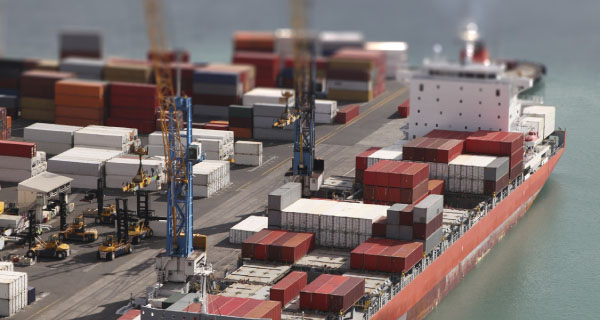
Thinking Small: The Business Case for LCL
Using less-than-containerload (LCL) services to ship smaller ocean freight volumes can reap large benefits.
Read More
LCL Plays Growing Role in Global Ocean Transportation
Demand for less-than-containerload (LCL) services is rising among global importers and exporters whose business models rely on cost, inventory control, and supply chain visibility. The shift to more LCL services in industries such as oil and gas (O&G), retail, and automotive can be attributed to several factors. Oil and gas fuels change: Running an end-to-end […]
Read More
Preparing for an Ocean Capacity Crunch
Shipping lines are suffering from an oversupply of vessel capacity on key Transatlantic and Asia-Europe trade lanes. Normally, this situation would be good news for shippers, because it means they have plenty of access to capacity—and the upper hand in negotiations with ocean carriers. Shippers should be worried about the overcapacity situation, combined with rapidly […]
Read More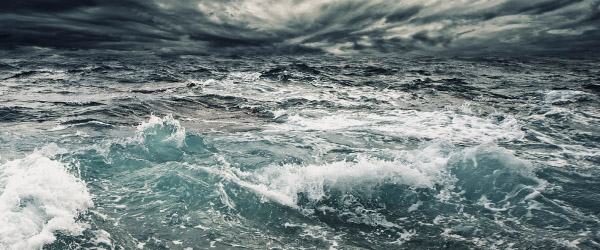
Ocean Freight Carriers Weather Rough Seas
Capacity gains in ocean container shipping continue to outpace demand. Here’s how shippers, carriers, and intermediaries ride out market volatility and uncertainty.
Read More
Understanding INCOTERMS 2010
An Inbound Logistics article in October 2003, “Understanding Incoterms,” does an excellent job of explaining the concept of Incoterms, why they are necessary and how they work. We’d like to bring this article up-to-date with a discussion of the changes to Incoterms that began in January 2011. To recap, Incoterms are an internationally accepted set […]
Read More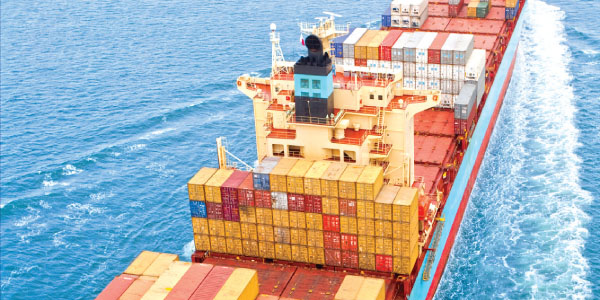
How to Improve Maritime Cargo Security
When U.S. Customs and Border Protection (CBP) introduced the Customs Trade Partnership Against Terrorism (C-TPAT) initiative in the aftermath of Sept. 11, it gave government, shippers, carriers, port authorities, and other transportation and logistics intermediaries a platform to build better security protocol into the supply chain. As a consequence, shippers today are taking cues from […]
Read More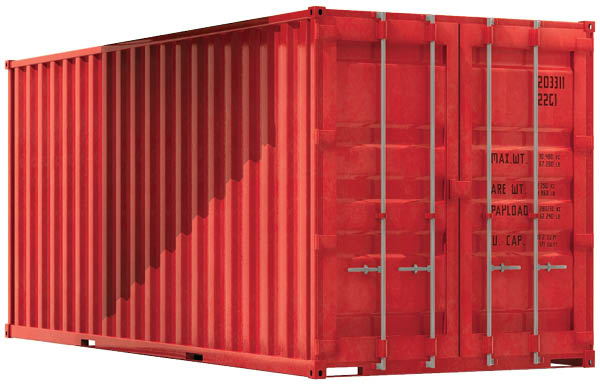
The Box That Rocked the Boat
The emergence of containers in the 1950s sparked an ocean shipping revolution that reshaped ports, trade lanes, and the world economy. What other changes are on the horizon for this dynamic industry?
Read More
Container Security: Filling in the Blanks
It is often impossible to know what containers entering the United States really contain. Even with bonded shipments and the 24-hour manifest required by U.S. Customs and Border Protection’s Container Security Initiative, we merely take the shipper’s word as to a container’s contents, never knowing whether its security has been compromised during transit. Using Container […]
Read MoreReducing Ocean Freight Costs
The best way to maximize ocean freight purchasing efficiencies is effective planning. Get a clear understanding of your shipments’ scope, frequency, and quantity, then cement relationships with carriers to better plan your containers, advises Mark Malambri, senior vice president, global ocean products for Houston-based CEVA Logistics. Malambri offers the following tips to help shippers reduce […]
Read More
Who’s Comparing Your Import Data?
If you don’t file accurate import data with U.S. Customs and Border Protection, you put your company at risk for penalties and fines, warns Kevin Shoemaker, director, global solutions for Integration Point Inc.
Read More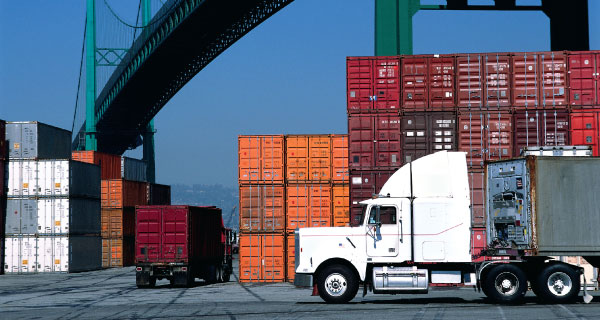
Trends—November 2010
A Break in the Chain: Solving the Port Chassis Problem When the Federal Motor Carrier Safety Administration (FMCSA) started enforcing its discursive Requirements for Intermodal Equipment Providers and for Motor Carriers and Drivers Operating Intermodal Equipment rule in December 2009, there weren’t enough containers flowing through U.S. ports to cause immediate alarm. Shippers and trucking […]
Read More
Global Logistics – November 2010
Heineken Tests Beer Float Heineken’s business is all about flow—from the brewery to the beer tap, and all logistics touches in between. Thanks to the new Alpherium inland container terminal in Alphen aan den Rijn, Netherlands, the beverage manufacturer’s supply chain flows a whole lot smoother. Heineken now ships export containers from its Zoeterwoude brewery […]
Read More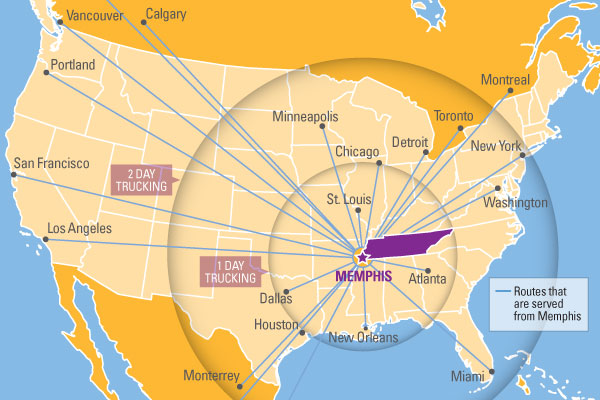
Memphis: America’s Aerotropolis
Geography, transportation infrastructure, and a strong distribution sector make Memphis a natural logistics hub.
Read More
Trends—October 2010
U.S. Transportation Investment: A Political Pothole Drive any measurable distance across the United States and you’re bound to run into “Schneider Eggs”— trucker slang for sometimes-scrambled orange construction barrels. As much as road construction is an obstacle to efficiency and timeliness, it’s also a sign of progress, investment, and your tax dollars at work. Ironically, […]
Read MoreGlobal Logistics – September 2010
Audi Stops For Green Light Audi is pushing the accelerator in its pursuit of greener cars and a more sustainable supply chain. For example, in December 2009, Green Car Journal honored the German automotive manufacturer’s 2010 Audi A3 TDI as its Green Car of the Year. But the carmaker doesn’t stop there. Audi transports its […]
Read More
Trends—September 2010
U.S. Ports Dig Panama Gold For a wee slip of waterway, 48 miles in length and 33 feet wide at its narrowest, the Panama Canal has publicity buoyancy the likes of the two great oceans it connects—and the buzz is only building. Despite technology and globalization, the Canal has remained a vital gateway in the […]
Read More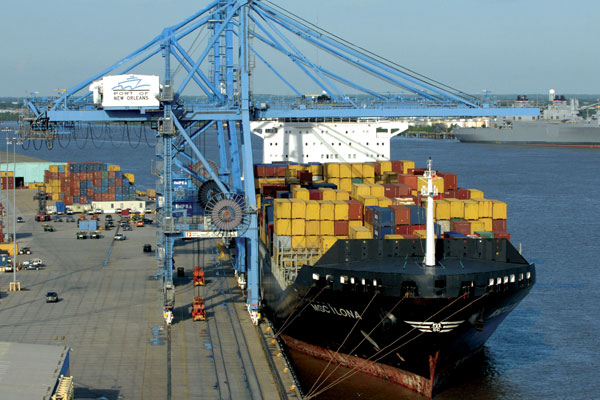
Trends—August 2010
Shipping Maintains Traction Despite Gulf Slick The considerable environmental impacts from British Petroleum’s (BP) Deepwater Horizon disaster in the Gulf of Mexico have cast a pall over the region, endangering delicate ecosystems and tourism industries alike. But to date, the oil crisis has had little negative impact on shipping in the heavily trafficked corridor. Gulf […]
Read More